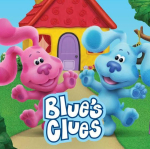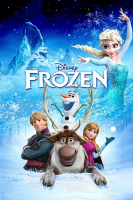Inside Out 2
The original Inside Out had set a remarkably high bar, delving into the intricacies of human emotions with humor and heart. Could they capture that magic again?
Armed with a love for the original and curiosity for what the sequel would bring, I embarked on this animated journey, eager to see how the creative minds at Pixar would expand this fascinating universe. The result? A film that not only meets expectations but enriches them.
History of Inside Out 2
Inside Out 2 wasn't just a spur-of-the-moment decision. The original film, released in 2015, garnered both critical acclaim and a passionate fanbase. Its poignant exploration of emotional complexity resonated deeply with audiences, prompting Pixar to consider revisiting Riley and her inner world.
Years of speculation finally bore fruit with the official announcement of the sequel. Pixar took its time, ensuring that the storyline was not only compelling but also a natural progression from the first. Inside Out 2, released in 2023, promised to delve deeper into the maze of emotions during an especially tumultuous time in Riley’s life: adolescence.
Why It’s Interesting
What instantly stood out to me was the premise. Tackling teenage years with the insightful wit that Pixar is known for promising a film rich with potential. Teenhood is an emotional rollercoaster, a perfect setting for the chaotic world inside Riley’s mind.
In addition, the introduction of new emotions such as Anxiety, Envy, Embarrassment, and Ennui (boredom) brought fresh dynamics to the narrative. These additions hinted at a thoughtful portrayal of the multifaceted nature of growing up, making me eager to see how this expanded cast would interact.
My First Impressions
Upon watching the movie, I was immediately struck by the film’s vibrant visuals and expressive animation. Pixar’s attention to detail never ceases to amaze, and Inside Out 2 is no exception. Every emotion, every scene, is meticulously crafted.
The transition from childhood to teenhood is evident not just in Riley’s character but also in the visual style. There’s a palpable shift in tone, both in Riley’s external world and her internal mindscape, reflecting the turbulence and transformation of adolescence.
Riley’s Development
Riley, as a character, is given a depth and agency that was a bit lacking in the first film. Here, she feels less like a vessel for emotions and more like a living, breathing teenager with her own thoughts and decisions.
Her struggles with puberty, school, and friendships are portrayed with authenticity. The way her internal emotions respond to these pressures is both humorous and heartbreakingly real, capturing the essence of what it feels like to grow up.
Exploring New Emotions
The introduction of the new emotions adds a rich texture to the story. Each of these new characters brings their own flavor to Riley’s emotional palette. Anxiety, in particular, stands out with an impressively nuanced portrayal.
These new emotions don’t just act as foils to the existing ones; they enhance and complicate the inner narrative, showcasing Pixar’s ability to depict the complexity of human psychology in an accessible and engaging manner.
Joy’s Evolution
Joy, the protagonist of the emotional crew, undergoes notable development. Her growth from the first film is evident, as she now faces the challenge of balancing a more complex emotional landscape.
This evolution makes her character arc not only engaging but profoundly relatable. It’s a gratifying journey to witness, seeing her adjust and adapt to the changing emotional world inside Riley’s mind.
Sadness and Support
Sadness, although less central this time, still plays a vital role. The bond between Sadness and Joy is explored further, providing touching moments that remind us of the importance of emotional balance.
Her role as a supporter to Joy is beautifully depicted, underscoring the complexity of their friendship. This interconnectedness highlights the intricacy of human emotions and how they work in tandem rather than isolation.
Anger, Fear, and Disgust: No Longer Sidekicks
Anger, Fear, and Disgust also get their moments to shine. No longer just comic relief, they contribute significantly to the storyline, each bringing a unique perspective to Riley’s evolving emotional state.
Anger, with his dynamic expressions and situational humor, often steals the show. Fear’s nervous antics and Disgust’s critical observations add balance, making the entire ensemble feel well-rounded and integral to the plot.
Envy and Embarrassment: Supporting Roles with a Punch
Envy and Embarrassment, though technically supporting Anxiety, have their own standout moments. Envy’s subtle influence and Embarrassment’s awkward charm create scenarios that are both funny and relatable.
These characters, while not as developed as the primary emotions, serve their purpose well, adding depth and color to the emotional landscape without overwhelming the main narrative.
Accurate Reflection of Teen Angst
The portrayal of teenage anxiety is spot-on. Anxiety, as a character, embodies the multifaceted nature of adolescent stress. Her motivations, while sometimes antagonistic, spring from a genuine place of concern.
It’s a delicate balancing act, but Pixar manages to illustrate anxiety’s dual role: both as a protector and a potential disruptor. This duality makes her character immensely compelling and relatable.
Visual Storytelling
The animation in Inside Out 2 is nothing short of stunning. From the distinct personalities in the central HQ to the creative representation of Riley’s internal and external struggles, the visuals are rich and engaging.
Each scene is packed with details that enhance the story. Whether it’s the expressive faces of the emotions or the vibrant world they inhabit, the visual storytelling is both innovative and immersive.
Humor and Heart
Inside Out 2 effortlessly blends humor and emotion. The jokes are sharp, often delivered with impeccable timing, making the often heavy subject matter accessible and entertaining.
At the same time, the film doesn't shy away from the more poignant moments. The balance between laughter and tears is masterfully achieved, making the emotional peaks and valleys feel authentic and impactful.
Lessons and Themes
The movie’s lessons are profound yet delivered with a light touch. It underscores the importance of all emotions, even those that seem negative, in the journey of self-discovery and growth.
This thematic richness is what makes Inside Out 2 not just a film for kids but a universal story that resonates with viewers of all ages. It’s a reminder of the beauty in our emotional complexity.
The Soundtrack
Music in Inside Out 2 serves as a critical narrative tool. The soundtrack, composed by Michael Giacchino, beautifully underscores the emotional beats of the story, enhancing both joyful and tear-jerking moments.
Each musical piece is thoughtfully integrated, ensuring it supports the film’s tone perfectly. It’s an auditory treat that complements the stunning visuals and compelling storyline.
Conclusion
In conclusion, Inside Out 2 is a triumph on multiple fronts. It navigates the complexities of growing up with grace, humor, and heart. The characters are vividly portrayed, the story is engaging, and the emotional depth is profound.
For anyone who enjoyed the first film or loves richly told stories about human experience, Inside Out 2 is a must-watch. Pixar has once again proven its mastery in animation and storytelling, leaving us all excited for whatever they choose to explore next.
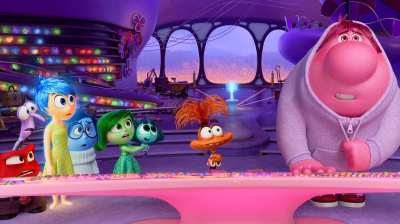
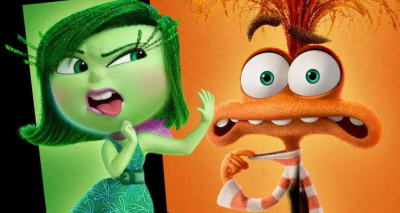
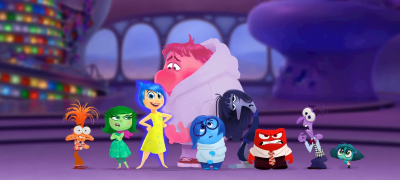
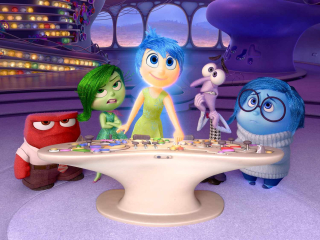
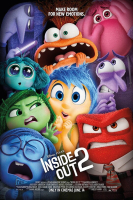
 How to watch
How to watch 






